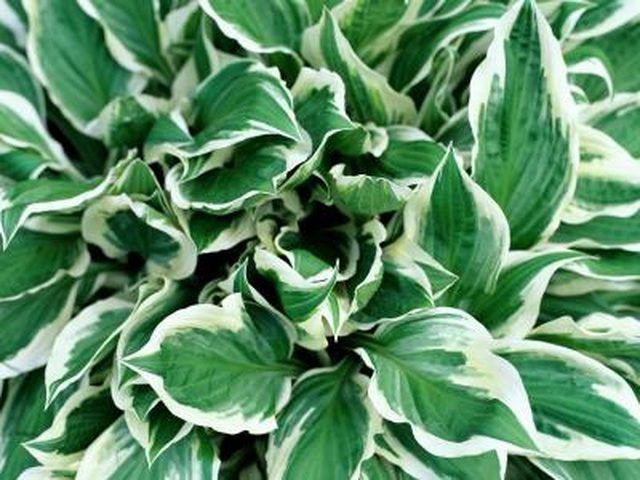Bulbs
Flower Basics
Flower Beds & Specialty Gardens
Flower Garden
Garden Furniture
Garden Gnomes
Garden Seeds
Garden Sheds
Garden Statues
Garden Tools & Supplies
Gardening Basics
Green & Organic
Groundcovers & Vines
Growing Annuals
Growing Basil
Growing Beans
Growing Berries
Growing Blueberries
Growing Cactus
Growing Corn
Growing Cotton
Growing Edibles
Growing Flowers
Growing Garlic
Growing Grapes
Growing Grass
Growing Herbs
Growing Jasmine
Growing Mint
Growing Mushrooms
Orchids
Growing Peanuts
Growing Perennials
Growing Plants
Growing Rosemary
Growing Roses
Growing Strawberries
Growing Sunflowers
Growing Thyme
Growing Tomatoes
Growing Tulips
Growing Vegetables
Herb Basics
Herb Garden
Indoor Growing
Landscaping Basics
Landscaping Patios
Landscaping Plants
Landscaping Shrubs
Landscaping Trees
Landscaping Walks & Pathways
Lawn Basics
Lawn Maintenance
Lawn Mowers
Lawn Ornaments
Lawn Planting
Lawn Tools
Outdoor Growing
Overall Landscape Planning
Pests, Weeds & Problems
Plant Basics
Rock Garden
Rose Garden
Shrubs
Soil
Specialty Gardens
Trees
Vegetable Garden
Yard Maintenance
How to Prevent Slugs From Damaging Hostas
How to Prevent Slugs From Damaging Hostas. Hostas are a very hardy plant that will grow in almost any kind of soil and thrive in many different climates. Hostas, like other plants, are a food source for insects and other pests at times, much to the dismay of the home gardener. Garden slugs are a threat to hosta plants and can cause a great deal of...

Hostas are a very hardy plant that will grow in almost any kind of soil and thrive in many different climates. Hostas, like other plants, are a food source for insects and other pests at times, much to the dismay of the home gardener. Garden slugs are a threat to hosta plants and can cause a great deal of damage to hostas in shady areas of the yard.
Things You'll Need
Flashlight
Sand
Mesh
Flower pots
Pesticides
Check your hosta plants often for slugs and snails, two kinds of pests that are most damaging to hostas. Slugs often invade at night; take a flashlight out to the garden and inspect the leaves. Pull the slugs off the hosta leaves to prevent them from feeding on your plants.
Create a sun-filled garden, if possible, to prevent slugs from damaging your hostas. According to the British Hosta and Hemerocallis Society, slugs tend to live in dark areas, under rocks or in the shade. Plant your hostas in a sunny spot and prune back as needed; minimize overgrowth in your garden that can create large shady spots in the soil.
Protect your hostas from slugs with materials that impede the slugs' movement. Sand, small pebbles, rough mulch or even kitty litter make the slimy pests move more slowly. The slugs may not be able to do much damage if they cannot climb up onto the hosta leaves. Planting hostas in pots may also control slug attacks.
Encase your hosta stalks loosely in mesh wire that does not allow slugs access to the plants. This type of barrier is similar to the sand or gravel method, and is a natural way of preventing hosta damage. Mesh wiring is available at your local home improvement store or garden center.
Encourage natural predators of slugs to reside in your garden. Frogs eat slugs, as do hedgehogs and geese. If you have the space and means to create a small pond in your yard, the birds and amphibians may follow and provide natural slug control.
Kill the intrusive slugs with pesticides containing metaldehyde. The chemical will kill slugs but does not harm your hostas. The American Hosta Society cautions gardeners about using toxic chemicals around children or animals. Pesticides that are effective for slug management are widely available at garden centers.